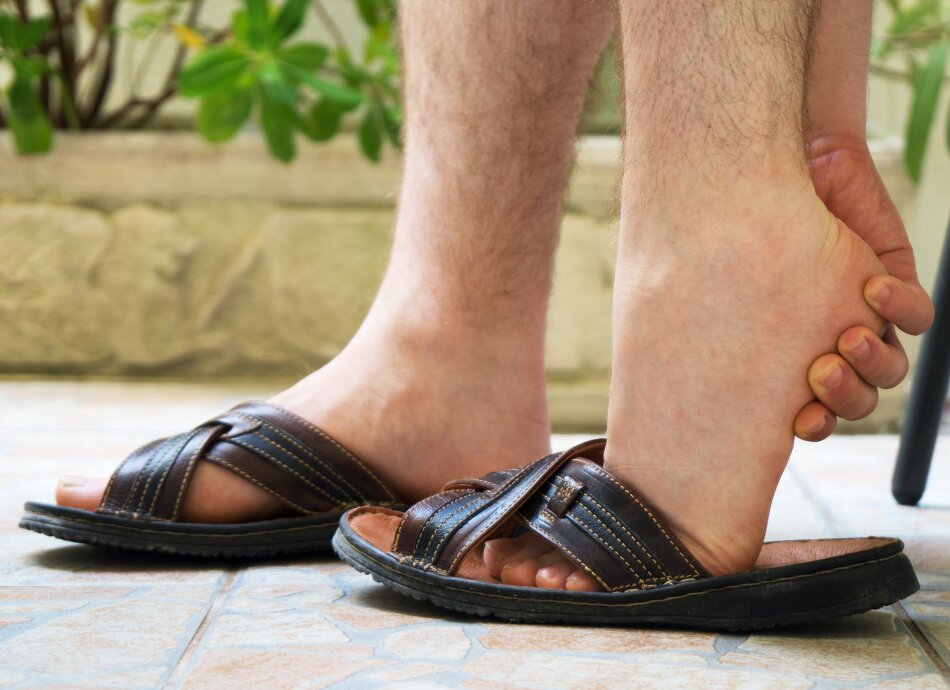Most people with plantar fasciitis recover with self-care treatments such as:
- resting your foot with an ice pack on it for 20 minutes (especially if you get pain after being on your feet a lot)
- icing and massaging your foot at the same time – to do this, fill a 600ml plastic bottle with water, put it in the freezer and when it’s solid, roll the bottle under your foot
- massaging your foot by rolling a golf ball underneath it
- losing weight if you are overweight or obese
- wearing shoes with good support, or heel pads or arch supports in your shoes
- using night splints or tape on your foot at night
- stretching your calf muscles and the underside of your foot
- avoiding running or walking on hard surface
- taking pain relievers such as ibuprofen to help ease pain and inflammation.
If these simple measures don’t work, your doctor may give you a steroid injection, or in rare cases, recommend surgery. Another option, if other treatments haven't been successful, is extracorporeal shock wave therapy.(external link) This involves using a machine to pass high energy sound waves through the skin to treat the affected area.
Your doctor may refer you to a podiatrist or physiotherapist. They can teach you exercises or give you ideas for how to change the way you exercise and do other regular activities. You can also self-refer to a podiatrist and physiotherapist.
Find a podiatrist or a physiotherapist here.







